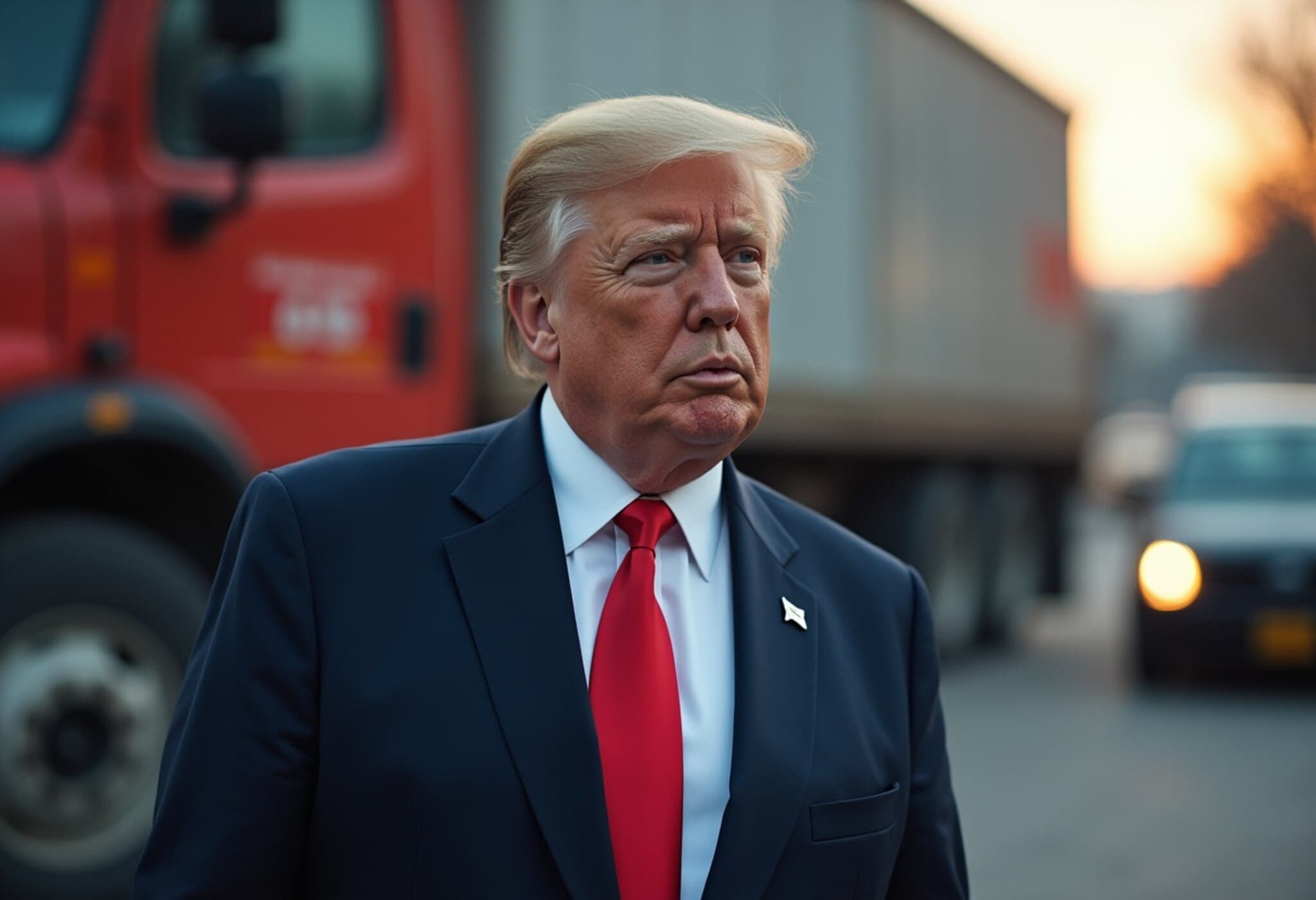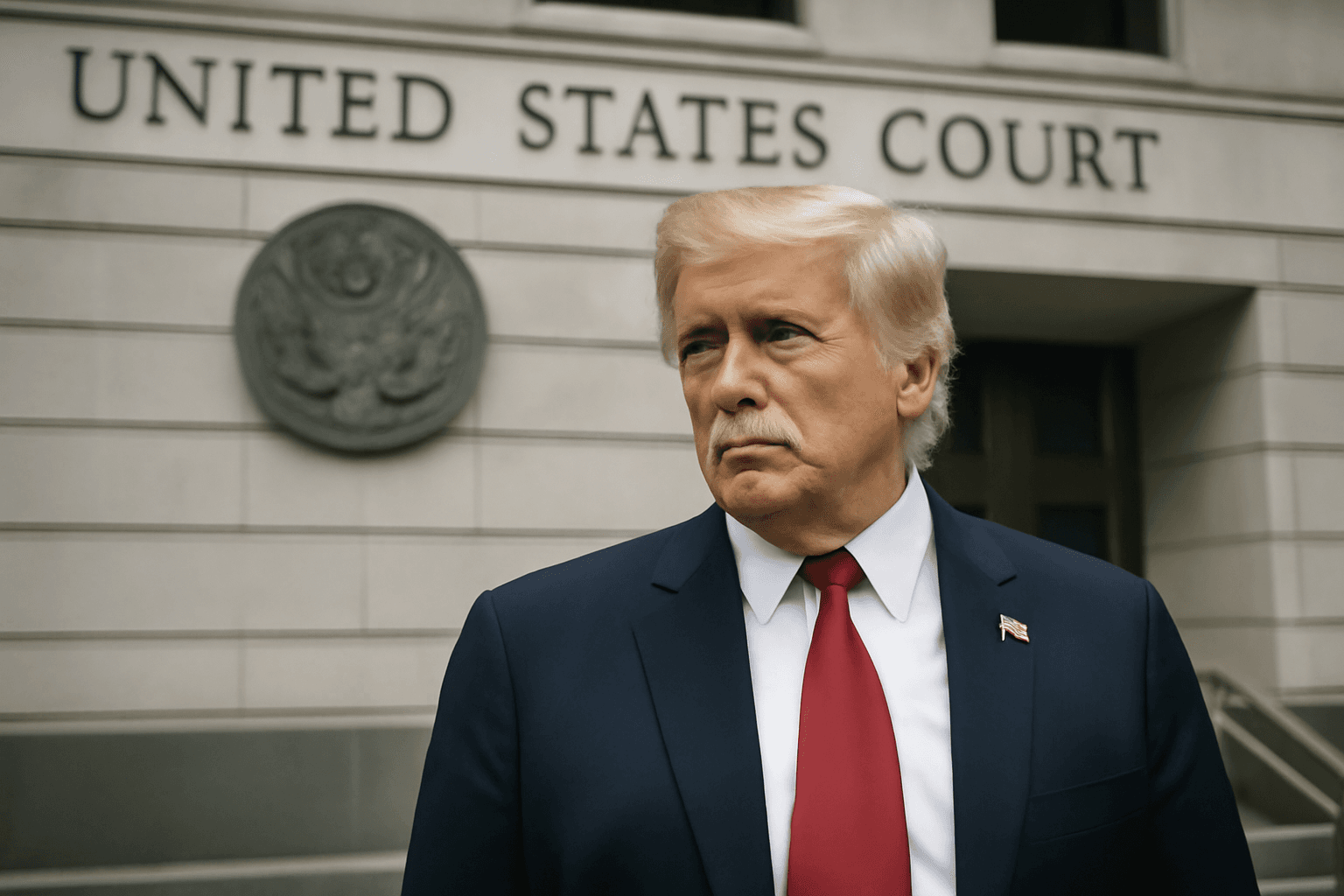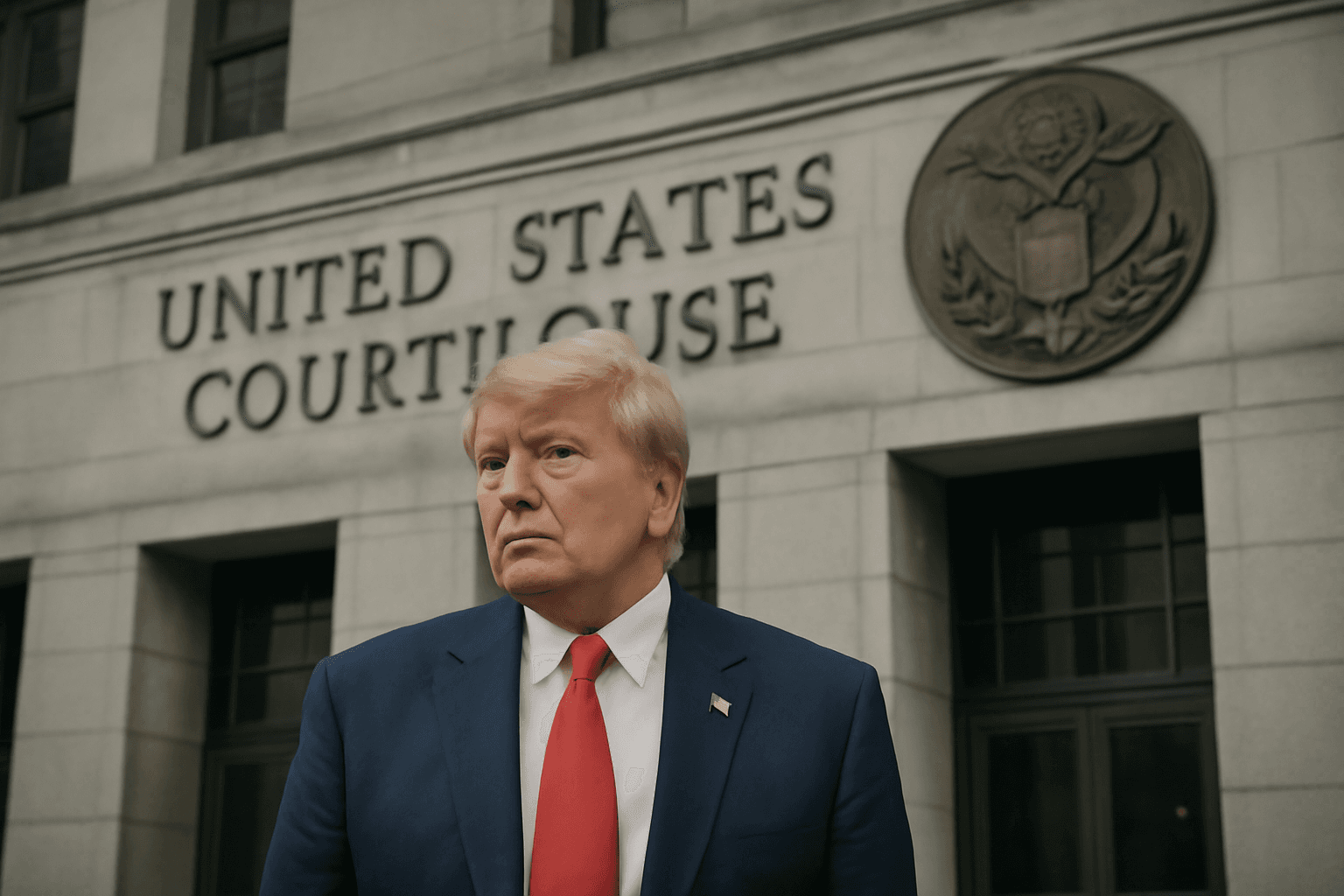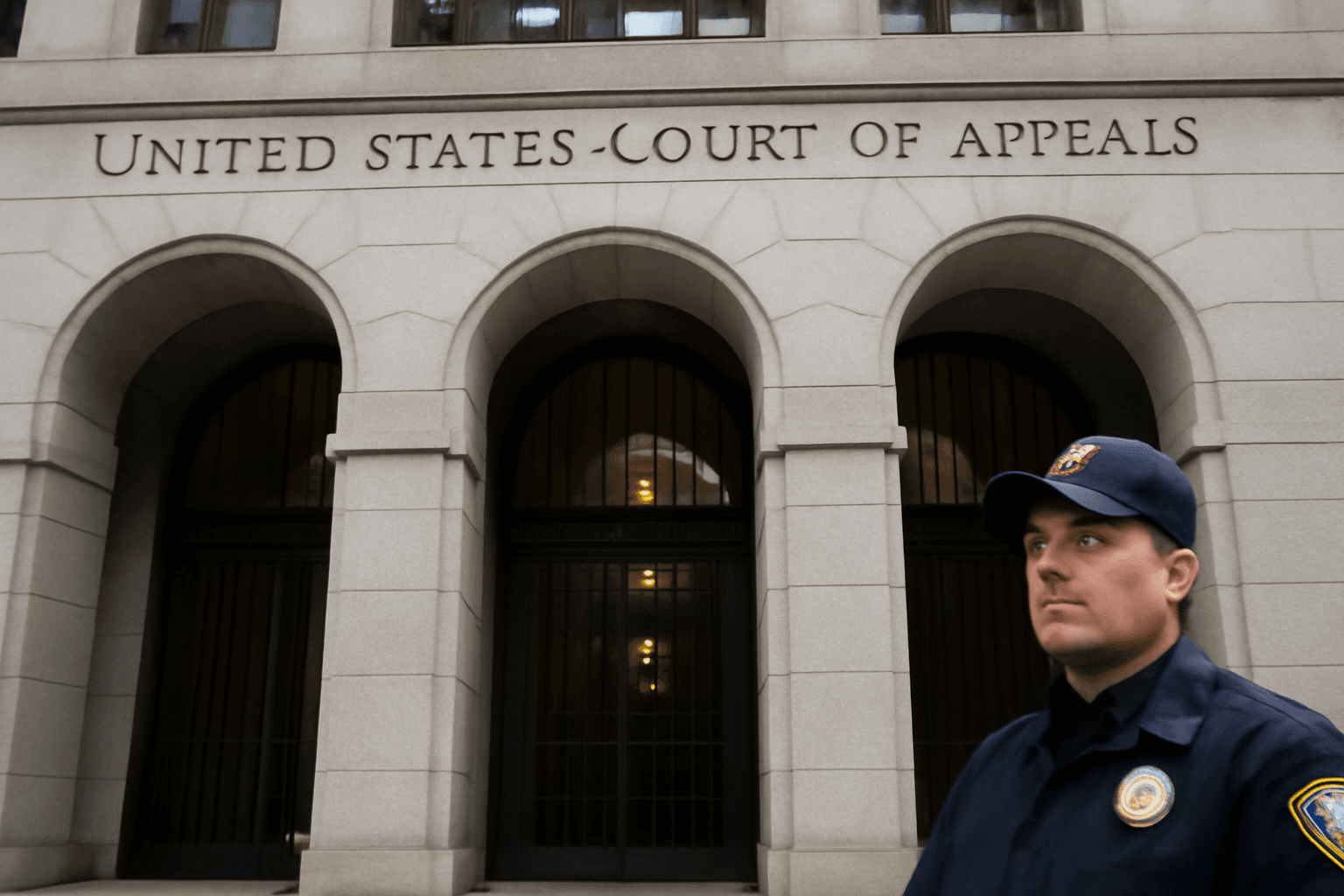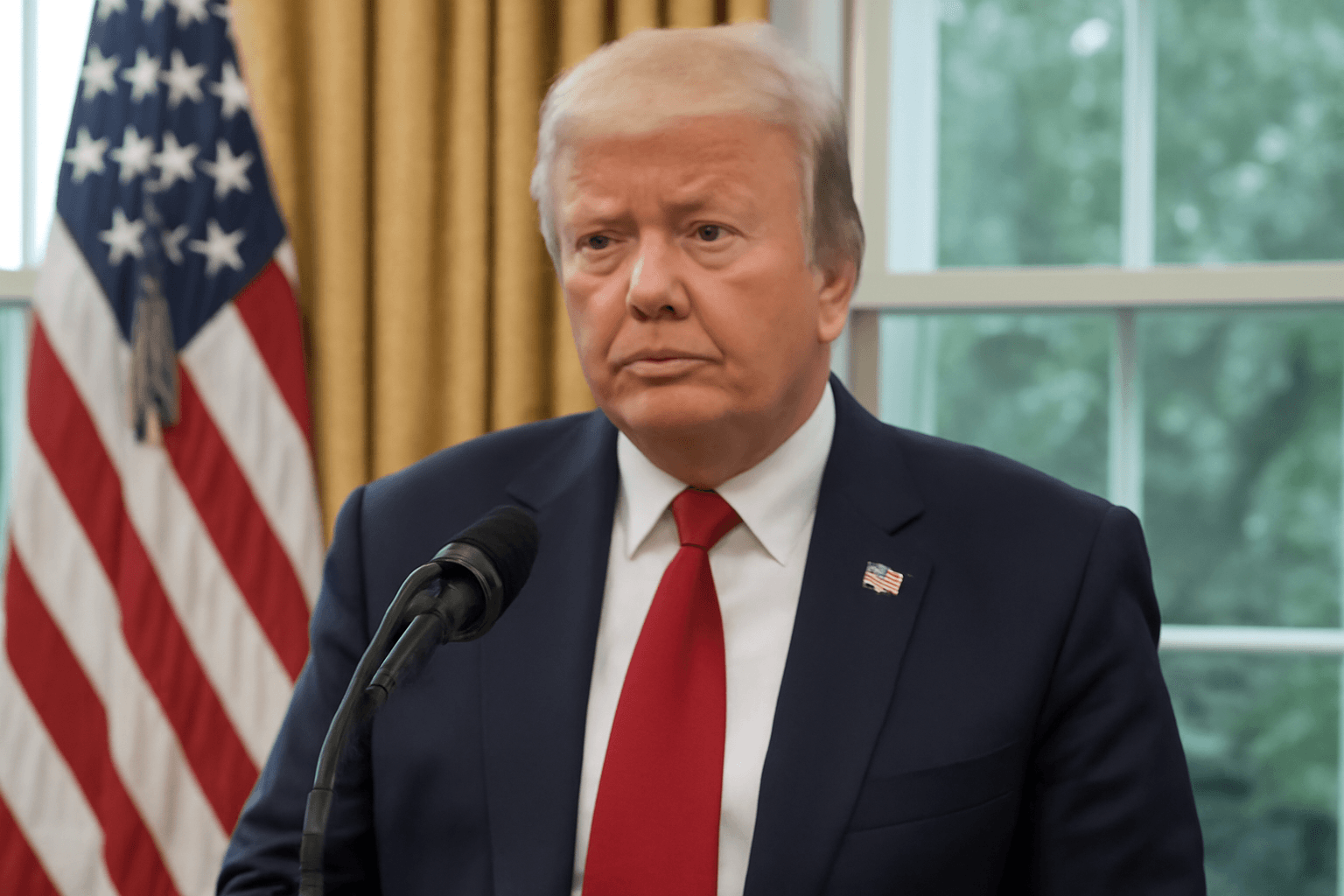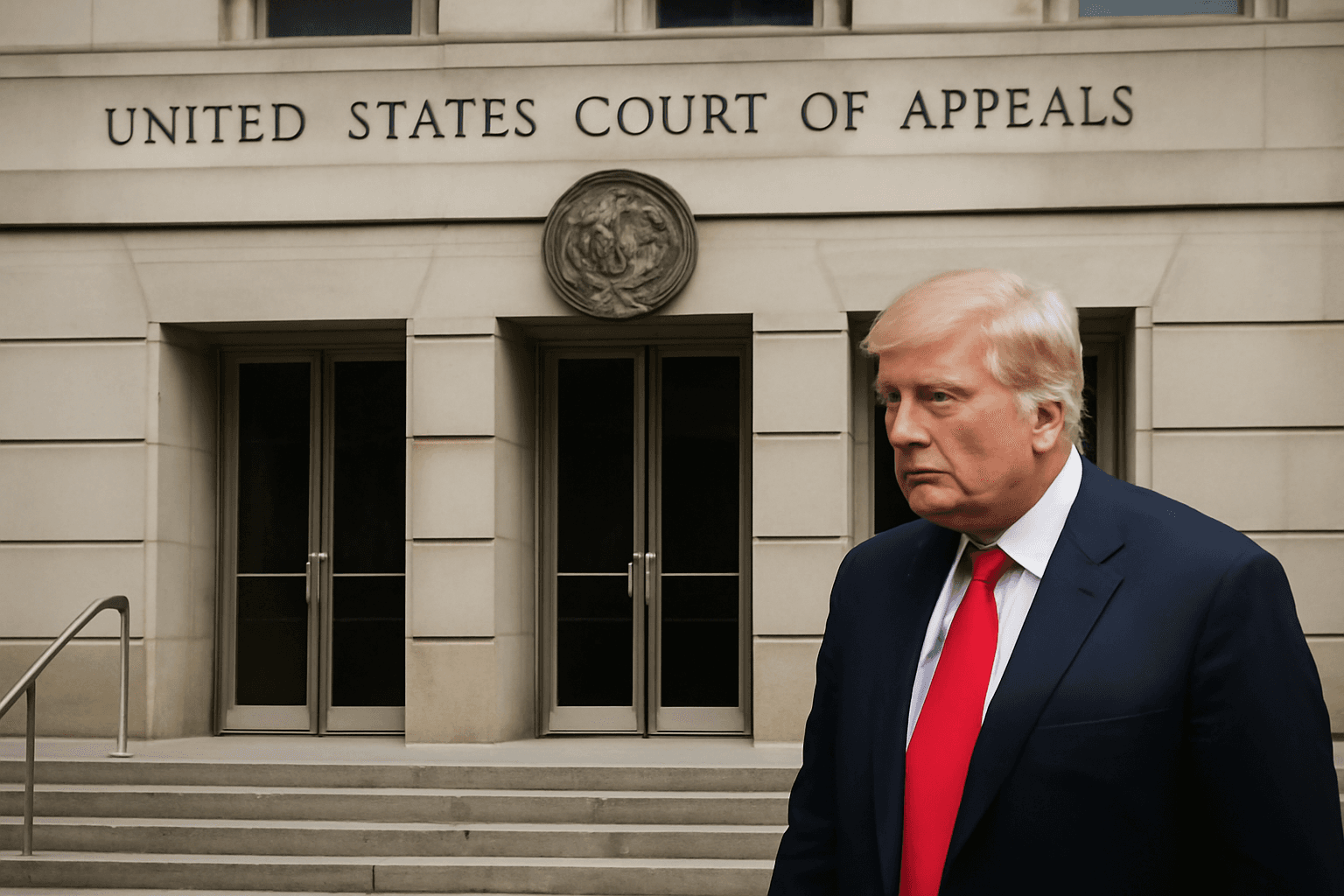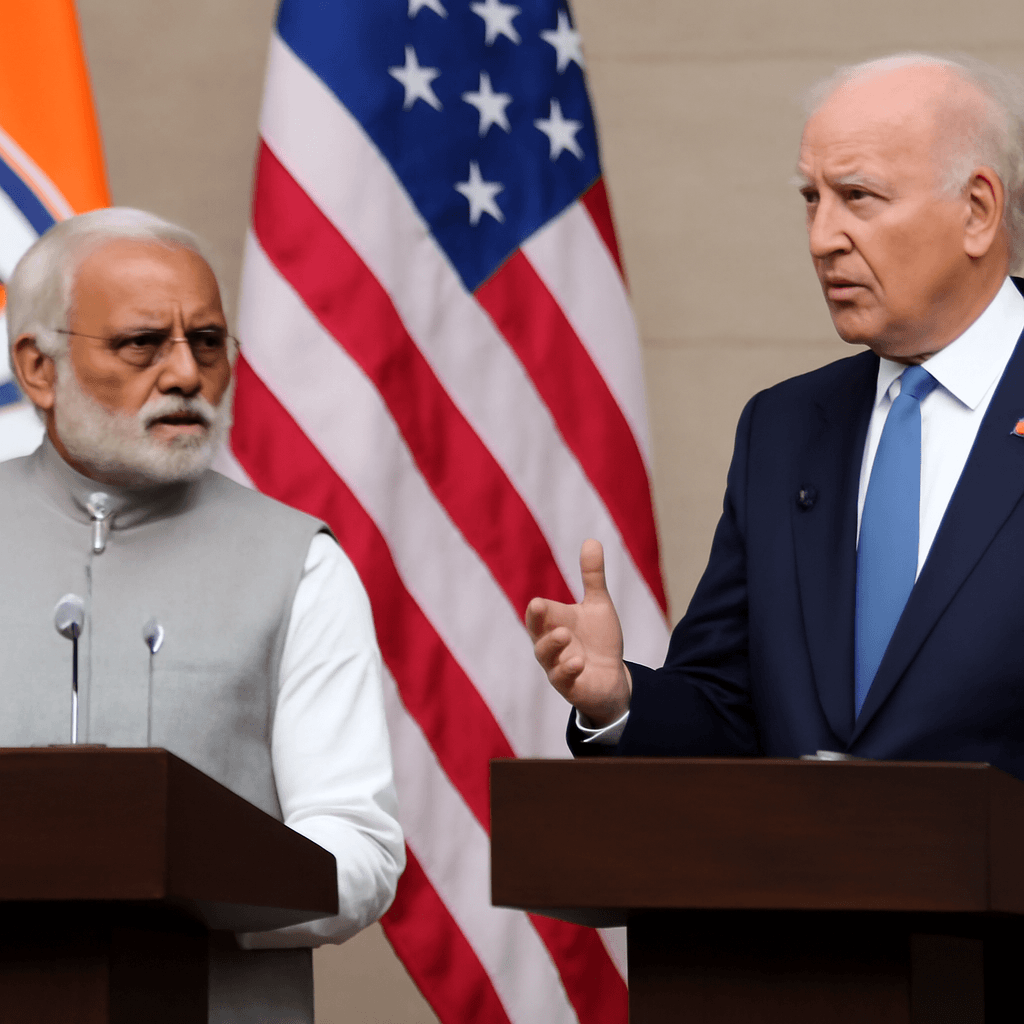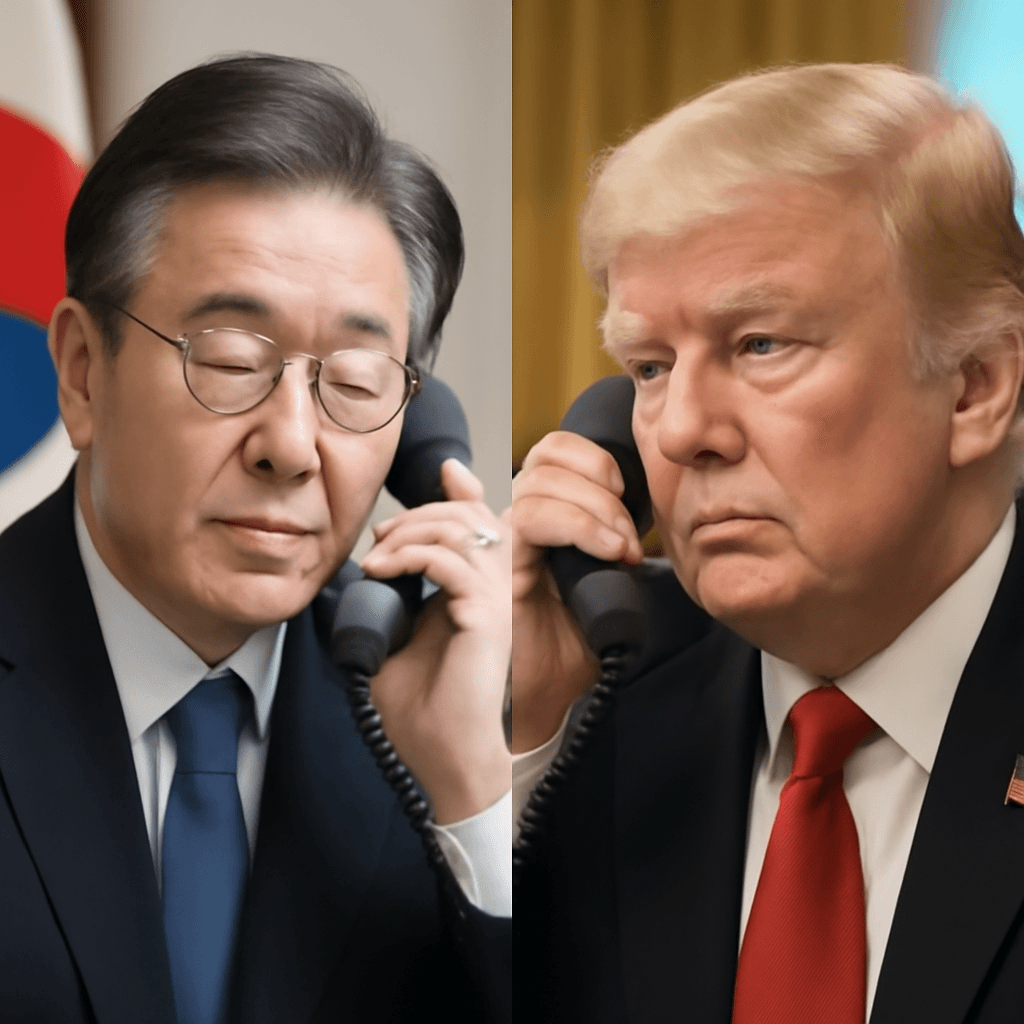Unpacking Trump’s Expanding Tariff Regime: Beyond Country-Specific Measures
As President Donald Trump presses forward with an aggressive trade policy, much of the global spotlight has focused on the recently threatened country-specific tariffs. Yet an equally critical, and less discussed, dimension involves the sector-specific tariffs already in play — and those potentially looming — that could have far-reaching effects on American businesses and consumers.
Section 232 Tariffs: A Powerful Yet Controversial Tool
Central to Trump’s tariff strategy is the invocation of Section 232 of the 1962 Trade Expansion Act, which grants the president broad authority to impose tariffs if national security is deemed at risk. This has allowed for steep levies on crucial imports like steel and aluminum, bypassing Congress and intensifying trade tensions.
Most recently, Trump doubled tariffs on steel and aluminum to 50%, a sharp increase from the 25% and 10% rates established during his first term. But he has gone beyond metals, announcing plans to impose a 50% tariff on copper — a vital commodity underpinning the U.S. electrical and construction industries — and threatening astronomical 200% tariffs on pharmaceutical imports.
Why These Sector Tariffs Matter More Than Headlines Suggest
- Economic Ripples: Tariffs on metals like steel, aluminum, and copper directly affect the manufacturing of everyday goods—from cars and kitchen appliances to electrical wiring—that millions of Americans rely on.
- Supply Chain Complexity: Many products use a blend of these materials sourced globally. Levies on one sector can cascade through suppliers, inflating prices at multiple points in the production process.
- Legal Durability: Unlike some country-by-country tariffs currently under legal challenge, Section 232 tariffs have historically withstood court scrutiny and are likely to persist despite political changes.
Mike Lowell, a partner at ReedSmith, underscores this reality: "While reciprocal country tariffs grab headlines, the product-specific tariffs exert a more substantial and sustained impact on U.S. markets and consumers."
Automotive Industry Under the Microscope
The automotive sector illustrates the multidimensional impact of these levies. The 25% tariff on imported cars and auto parts — predominantly from Japan and South Korea — threatens to disrupt one of America’s largest and most integrated supply chains.
Amid intense lobbying, the White House has considered exemptions aimed at alleviating some pressure. Furthermore, an executive order prohibits the stacking of tariffs on aluminum, steel, and autos, offering a modest reprieve. Nevertheless, given the lag in supply chain adjustments, American consumers may still face higher vehicle prices in the coming years.
Market Response: A Surge in Copper Prices
Following the tariff announcements, copper prices surged to levels not seen since 1989, closing up 13% in one day. This sharp jump signals how quickly market dynamics can shift in response to tariff threats, directly affecting construction costs, electrical infrastructure upgrades, and even consumer products.
What’s Next? Agricultural and Lumber Tariffs on the Horizon?
Trump’s administration has already initiated Section 232 investigations into agricultural products and lumber, with findings anticipated later this year. While no tariffs have materialized yet, the recent statements suggest that steep levies on these sectors could be imminent, further intensifying economic headwinds.
Expert Insights: Legal and Economic Implications
Trade law experts stress that Section 232 tariffs provide a robust legal framework often overlooked in public debates fixated on bilateral country tariffs. These sector-specific tariffs, by targeting the backbone of supply chains, might affect a broader swath of the economy over time, compelling policymakers and businesses to strategize accordingly.
Iacob Koch-Weser of BCG points out, "The layering of multiple customs duties complicates the tariff landscape and makes negotiations with trading partners even more critical to secure exemptions and minimize economic fallout."
Final Thoughts: Industry Pressure and Consumer Impact
While tariffs aim to protect domestic industries and national security, they also risk unintended consequences such as increased production costs, disrupted supply chains, and inflationary pressures on American consumers.
The evolving tariff landscape demands vigilance from businesses and policymakers alike. The question remains: can the administration balance trade leverage with economic stability, or will these targeted tariffs deepen challenges in an already fragile global market?
Editor’s Note
President Trump's expanded use of Section 232 tariffs marks a strategic pivot towards more targeted economic pressure tactics. This approach, while legally resilient, carries significant implications for U.S. industries and consumers who may face higher prices and supply bottlenecks. Observers should watch closely how these tariffs reshape sourcing strategies and impact the broader economy, especially as new sectors like agriculture and lumber hover on the tariff horizon.

